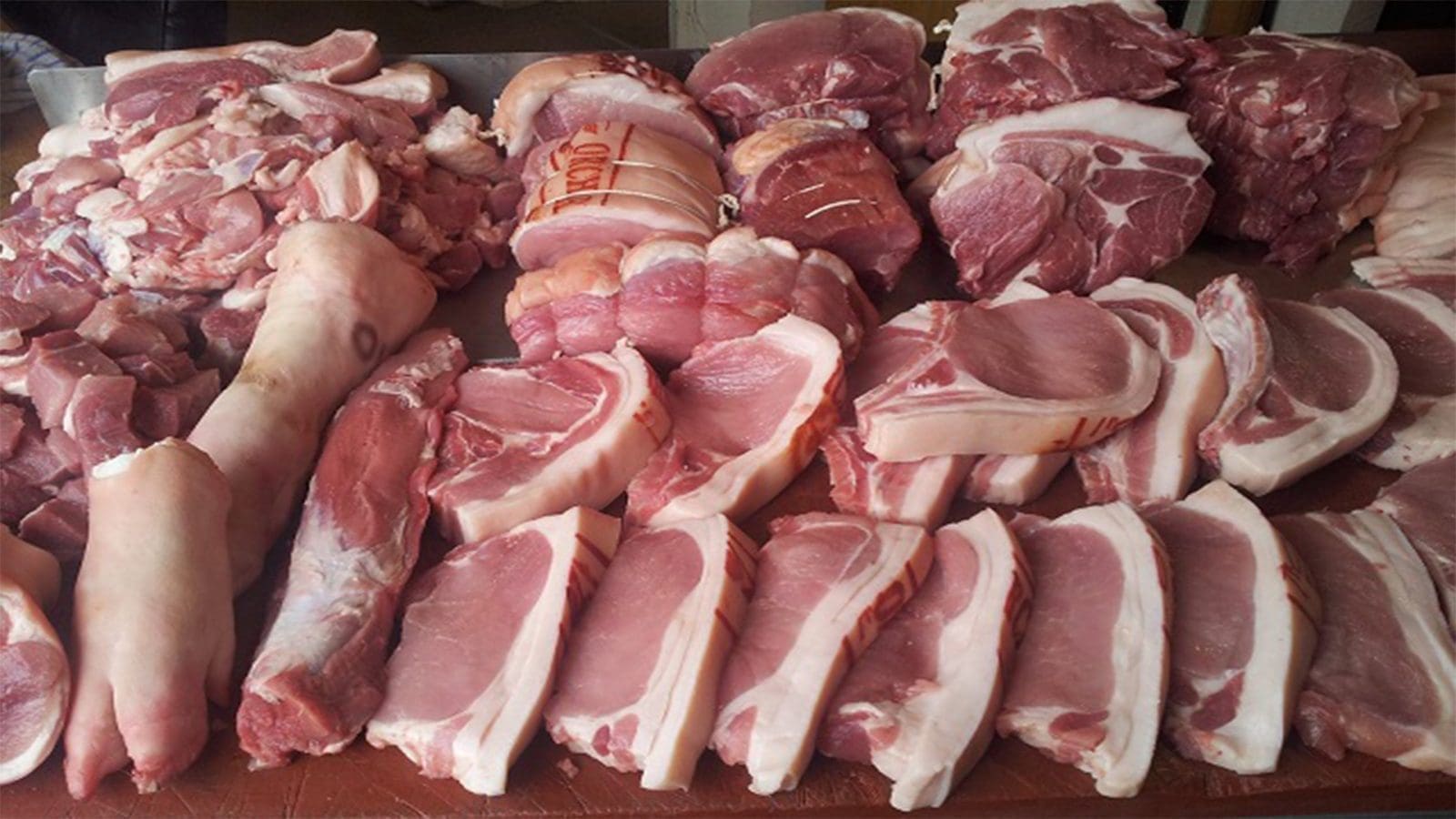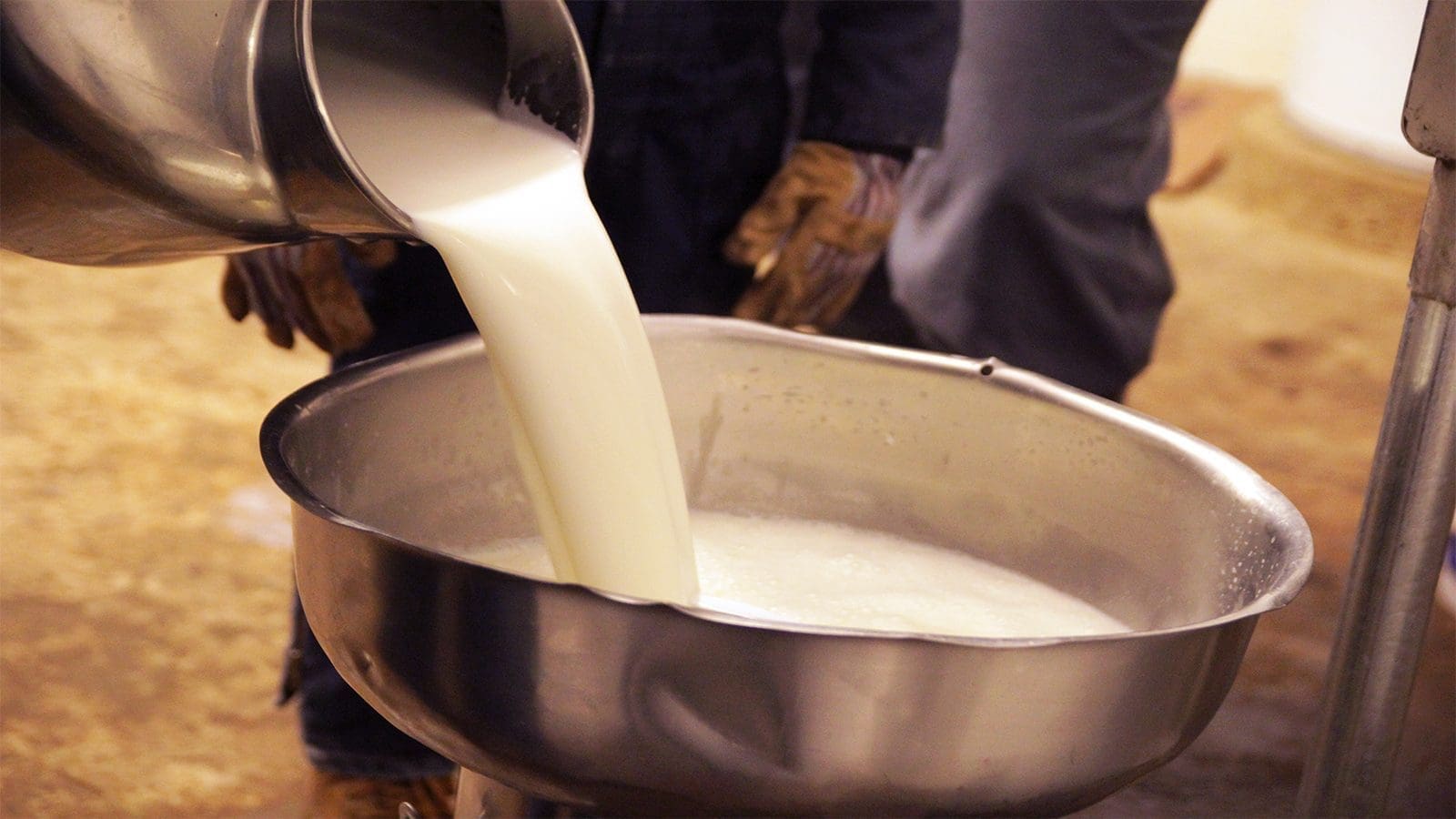RWANDA – The government of Rwanda has injected Rwf1.4 billion (US$ 1,372,575.40) into the construction of at least 10 pig slaughter houses across the country to ensure safety of pork consumers.
Solange Uwituze, the Deputy Director General in charge of Animal Resources Research and Technology Transfer at Rwanda Agricultural and Animal Resources Development Board (RAB), said that the slaughter houses will be constructed in the Districts of Ruhango, Huye, Nyamagabe , Nyamasheke, Karongi, Rutsiro, Musanze, Burera, Gicumbi and Rulindo.
“The slaughter houses will be working as collection centres where the pork will be produced and supplied to other areas of the country,” she said.
The investment comes at a time when pork demand is rising in Rwanda. According to statistics from RAB, Rwanda has a population of 1.38 million pigs.
The country produces an estimated 23,000 tonnes of pork per year as of 2019. The Rwanda Livestock Master Plan targets to more than double pig meat production to 67,076 tonnes by 2022.
“The public slaughter houses will help pig farmers to increase market by selling pigs at better prices. The collection centres will also help to eliminate middlemen that were putting farmers into losses,” she explained.
Uwituze said that the investment will drive shifting from farm gate sales of live animals to value addition through processed pork meat.
“The abattoirs will help solve the issue of poor quality of pork that is caused by lack of standard slaughterhouses across the country. Pigs were usually being slaughtered in the bushes and other substandard places.
“Now the standard abattoirs being constructed will ensure sanity, address risks and food safety related issues and in enforcement of sanitary regulations,” she noted.
The country is set to mobilize cooperatives to take up management of the planned slaughter houses so as to modernize and standardize pig slaughtering.
“There is a need to support farmers’ cooperatives and associations and organizations to better mobilize different players in the pig sector for a better coordination of the sector. The relatively young sector needs strong organization,” said Uwituze.
The Deputy Director General noted that the meat regulatory and legislative framework needs to be reviewed to cover slaughtering of small livestock.
“Household consumption level remains small because pork is consumed mainly in restaurants, bars and hotels while others consume processed pig meat,” she said.
During the next five years, the government has set its eyes on upgrading pig abattoirs and other priority infrastructures for small livestock like sheep, goat and poultry. By next year, it plans to launch two modern slaughterhouses and processing plants.
Jean Claude Shirimpumu, a pig farmer and Chairperson of the Rwanda Pig Farmers’ Association reiterated that lack of modern slaughterhouses affects market access to pig farmers.
“Modern abattoirs could attract better prices. We need small slaughterhouses scaled up and decentralized across the country at sector and cell levels so that pig farmers get markets nearby,” he said.
Liked this article? Subscribe to Food Safety Africa News, our regular email newsletters with the latest news insights from Africa and the World’s food safety, quality and compliance. SUBSCRIBE HERE








